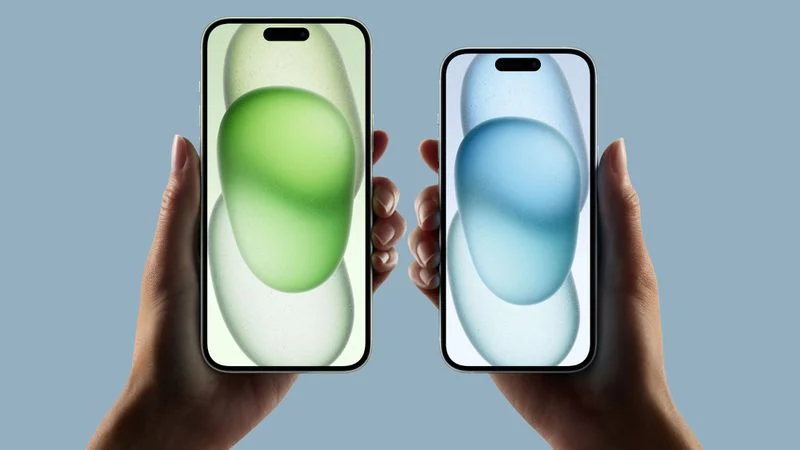Apple has implemented QR codes on iPhone screens to improve production quality and reduce material waste. These QR codes are engraved on each screen and enable Apple to closely monitor and evaluate the screen quality from suppliers Lens Technology and Biel Crystal. This innovation has reportedly reduced material waste from 30% to 10%, according to a report by The Information.

Implementing QR Codes to Scrutinize Production Quality
The tech giant has invested heavily in an innovative barcode initiative for its iPhone screens. They’ve placed two barcodes on each screen, one on the inner edge of the bezel and another tiny one measuring 0.2mm at a different location. This initiative has significantly reduced screen defects from 30% to 10%, leading to substantial cost savings for Apple. It has also given Apple better control over production quality, preventing suppliers from charging for supposed faulty screens.
Apple initially faced challenges when trying to attach QR codes to iPhone screens, as it weakened the displays and caused cracks during drop tests near the code location. However, they overcame these problems by developing new scanning methods and using microscopic lenses to avoid excessively deep etchings in the glass.
The QR codes on iPhone screens serve distinct purposes: the smaller one investigates screens reported as faulty, while the larger one identifies truly faulty displays, specifying the supplier and potentially narrowing down to specific production batches. This advancement has improved production quality and reduced waste, reflecting Apple’s strategic commitment to maintaining stringent quality control.
According to AppleInsider, both display firms have faced allegations of using forced labor, with Apple accused of not addressing these claims adequately. However, Apple continues to monitor the firms and their manufacturing issues.
So far, the Apple 15 series is experiencing problems like overheating and USB-C cable complications. These devices use 3nm chipsets, with the Apple A17 Pro being the first. Analyst Ming-Chi Kuo predicts weak demand for this technology next year, leading Apple to cut orders for 3nm chips.
RELATED:
- Epic Games’ Fight Against Apple Tax Could Have Major Implications for App Developers and Consumers
- Apple CEO Tim Cook Meets with EU to Discuss Pressure to Open Up App Store
- iPhone 15 Pro Max bags second position on DxOMark camera test
- iPhone 15 Pro vs Xiaomi 13T Pro: Specs Comparison
- Download the Best GCam APK for POCO M6 Pro 5G
- Xiaomi Smart Band 8 vs Xiaomi Smart Band 7: Comparison







